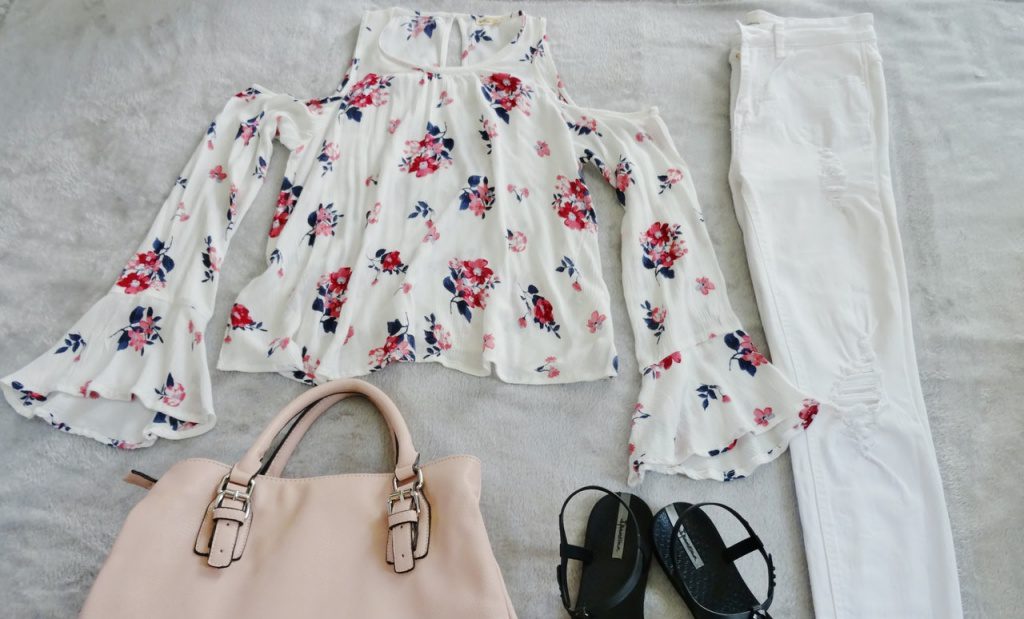Now that we are officially in the year 2021, the days when we have moody hair are not far off. Even if you still work from home, it can be a nightmare to deal with the frizziness and dryness of poorly maintained hair, not to mention the lackluster texture that comes along with it. The good news is that, as a result of advances in science and technology, there are a variety of routes that you can take to tame unruly hair and appear as flawless as ever when you go out.
Dry shampoos are a blessing for people who struggle endlessly with greasy scalps and sticky hair, and they have science to thank (or the stars) for their existence. They have been meticulously developed to rid your hair of any greasiness while also providing you with the volume and texture you have been searching for. The following are some common misconceptions about dry shampoos, all of which are completely unfounded.
Busting Myths of Dry Shampoos
1. Dries Your Hair
The word “dry” that is prefixed to the name of the product can raise questions and concerns about whether or not it can be drying to the hair. However, despite the fact that all dry shampoos contain alcohol, using them will not totally strip your hair of moisture. The use of the proper conditioners and hair masks will achieve the desired results.
2. Cleanses Hair
Dry shampoos are an alternative to traditional shampoos that are used to remove excess grease from the hair. They are NOT cleaners for the hair and should not be used in place of shampoo. Even if you use dry shampoos, you are still required to wash your hair with traditional shampoo and condition it afterward. These products simply extend the amount of time that can pass without washing your hair.
3. No-No For Curly Hair
The notion that textured or curly hair cannot benefit from the use of dry shampoo is a widespread urban legend. After using the shampoo, the curls are left with a light coating and a thin layer, both of which help to retain moisture and keep the curls from becoming tangled. However, caution is necessary, and excessive use of dry shampoo should be avoided, as curls require moisture to remain under control, and using too much dry shampoo can cause drying.
4. Makes Hair Ashy And Greyish
The majority of dry shampoos come in a powder form and are white in color; this can cause white or gray residue to be left behind on dark-colored hair. However, many beauty companies are now formulating their dry shampoos with consideration for people with dark hair and quality, so that they can be used by anyone. Try looking for products that are formulated specifically for people with dark hair or hair that has been colored. If you apply too much product to the follicles, it might become visible.
How to Properly Apply Dry Shampoo
After you have selected your dry shampoo, the next step is to learn how to properly apply it so that you do not end up with white roots or brittle strands.
Step 1: Prep & Part
Shake the bottle well before you even think about spraying it into your hair. This instruction applies to dry shampoos that come in aerosol, spray, and foam forms. This will ensure that the formula of the product is distributed evenly within the bottle, which will in turn result in an even distribution on your scalp.
Next, grab a comb. In order to use dry shampoo effectively, you should first section your hair into a few small sections. To begin, make a part through the section of your hair that is the greasiest. Depending on your starting point, you should complete the work in horizontal sub-sections that move either upwards or downwards. Remember that you may always add more layers if you want to.
Step 2: Aim & Apply
The rule for this situation is to hold the bottle exactly one foot (that’s a complete 12 inches) away from your roots while aiming squarely at the roots themselves. Maintaining the appropriate space between your hair and the aerosol container is of the utmost importance. If you spray the product too close to your scalp, it will create a residue that is difficult to remove. Because of this, you should avoid doing so.
When it comes to applying dry shampoo, it’s important not to go overboard: you should only apply it to the greasy parts of your scalp and not the whole thing. The amount of product that is required will not only be determined by how oily your scalp is, but also by the texture of your hair. The thicker the hair, the greater the likelihood that additional product will be required to fully saturate and absorb hair oil.” When it comes to hair that is finer, less product is required.
Step 3: Pause & Massage
The speed with which it works, producing results that are virtually instantaneous, is one of the many wonderful advantages of using dry shampoo. However, if you want the outcomes to be as good as they possibly can be, you need to give yourself a little bit of extra time before you have to rush out the door.
It is absolutely vital to let the dry shampoo stay for a few minutes so that it may perform its magic effectively.” “Letting the dry shampoo sit” After allowing it to sit for a while, you may apply it to your scalp by massaging it with your hands to truly activate the components that soak up the oil.
If you find that the message left behind an excessive amount of residue, you can remove it by combing or brushing your hair from the roots to the ends. This will break up any buildup that may have occurred.
Takeaway
Your hair isn’t going to get clean if you use natural hair color shampoo. Instead, the starch and/or alcohol in the product will absorb the oil that is present in your hair, leaving it looking cleaner and fluffier than before. For the vast majority of people, even occasional use won’t result in any negative consequences. If you use dry shampoo too frequently, your hair may become more brittle and more likely to break. There is a chance that the health of your scalp will be impacted. If you want to maintain the health of your hair and scalp, you might want to use dry shampoo no more than once or twice per week at the most.


